Exhibition dates: 8th July 2023 – 28th January 2024
Curator: Anne O’Hehir, Curator, Photography
Nan Goldin (American, b. 1953)
Cookie at Tin Pan Alley, New York City
1983
From the series The ballad of sexual dependency, 1973-1986
Cibachrome print
National Gallery of Australia, Kamberri/Canberra
Purchased 2021 in celebration of the National Gallery of Australia’s 40th anniversary, 2022
© Nan Goldin
Putting a spell on you
In a February 2017 posting on Art Blart on Goldin’s The ballad of sexual dependency I commented:
“There is little love and tenderness here, little magic or generosity of spirit. Goldin’s attitude to the world at the time seems to be one of hostility and resentment. It’s all very well portraying the underbelly of society – the depravity, violence and degradation – but if your point of departure is one of anger and animosity, this is always going to be reflected in your art. I remember going out with my friends partying in the 1980s, the drugs, the sex, the pushing it to the edge, but you know what – we cared about each other. Nothing could be further from the truth in Goldin’s hedonistic (not heuristic) approach to her aura. …”
Over six years later it was time to reevaluate my feelings towards the work by looking again. Had my feelings changed in the intervening years? Or was I just being an obtuse human at the time who couldn’t see what everyone else could see, the genius of the work?
I have reflected long and hard on my feelings in relation to these photographs. Perhaps I was too close to the subject matter, that the series cut too close to the bone: many years of partying in London taking drugs, so many friends and lovers lost to HIV/AIDS. But that is not the case.
The problem for me with this work is its rather sad detachment from life and a pervading sadness attached to each of these photographs. While Goldin announces that “For me it is not a detachment to take a picture” I feel the opposite is true: Goldin seems uber detached when taking these photographs. The artist goes “diving for pearls” hoping to create some magical, random psychological subtexts where the subconscious is made visible, but she doesn’t ever know whether it’s her or the camera’s subconscious that is revealed or who (the camera or the artist) is doing the work. So much for knowing thyself, being responsible to the world, to others, and to oneself, intellectually, morally, and practically.
While the diaristic photographs of this “seminal” body of work feature intimate moments of love and loss, moments of bohemian sex, transgression, beauty, spontaneity, and suffering captured in photographs of “unflinching candour, rich hues, and a keen sense of empathy and lyricism” where is the real Goldin in all of this observational performance (Goldin says her photographs ‘come out of relationships, not observation’.) I’ll just leave that one there…
What I would really like to see is the full 700 slide sequence, live, with the music that was supposed to go with these slides. I want to feel the context of these photographs and their intimacies in the flesh with the freshness and passion of what was happening at the time in New York:
Images and words and music
the real memory
the real experience
HIV/AIDS
death
life
bitterness
love
anger
immediacy
Mark Morrisroe
David Wojnarowicz
Peter Hujar
Cookie Mueller
Keith Haring
Kiki Smith
addiction
music with the ballad of sexual dependency = I put a spell on you
witness… to life, to the hurt
conformity and denial
rebellion
Each period reframes issues surrounding gender, sex, drug use and death … and what it means to be free. These images would feel totally different in 1980s New York but today, they feel cold, desperate and sad and I can’t identify with them or their photographic pathology, their study of suffering.
Have my feelings changed towards this work six years on. Yes they have. I more fully appreciate their photographic snapshot composition, their colour, their diaristic bravado. But I still don’t like their energy…. nor their masochistic indulgence.
Perhaps I just want to feel the real memory, the real experience (the energy and atmosphere of being in New York at the time) not viewed through the prism of this distanced, distancing monologue.
Dr Marcus Bunyan
Many thankx to the National Gallery of Australia for allowing me to publish the photographs in the posting. Please click on the photographs for a larger version of the image.
The photographs in Nan Goldin’s The ballad of sexual dependency depict the everyday lives, often in intimate detail, of people in Goldin’s immediate community during the late 1970s and early 1980s. Please be advised that works of art in this exhibition depict explicit nudity, sexual acts, drug use, and the impacts of violence against women. Viewer discretion is advised. This exhibition is not suitable for children under the age of 15.
‘For me it is not a detachment to take a picture. It’s a way of touching somebody – it’s a caress, I think that you can actually give people access to their own soul.’
Nan Goldin
‘The people who have been photographed extensively by me feel that my camera is as much a part of their life as any other aspect of their life with me. It then becomes perfectly natural to be photographed. It ceases to be an external experience and becomes a part of the relationship, which is heightened by the camera, not distanced. The camera connects me to the experience and clarifies what is going on between me and the subject.’
Nan Goldin, wall text from the exhibition
“Since David Armstrong and I were young he always referred to photography as “diving for pearls.” If you took a million pictures you were lucky to come out with one or two gems. … I never learned control over my machines. I made every mistake in the book. But the technical mistakes allowed for magic. … Random psychological subtexts that I never would have thought to intentionally create. The subconscious made visible – though whether mine or the camera’s I don’t know …”
Nan Goldin. “Diving for Pearls,” quoted in Hilton Als. “Nan Goldin’s Life in Progress,” on The New Yorker website, July 4, 2016 [Online] Cited 18/11/2021
‘Nan Goldin’s nostalgic snapshots depict intimate moments of bohemian sex, transgression, beauty, spontaneity, and suffering. Her frames are marked by unflinching candour, rich hues, and a keen sense of empathy and lyricism. Goldin’s most famous work, ‘The Ballad of Sexual Dependency’ (1985), is a slideshow that presents nearly 700 images from her life in New York [and around the world] during the 1970s and ’80s; throughout the reel, the artist lies in bed with her lover, drag queens kiss in bars, and the AIDS epidemic ravages the photographer’s community.’
Anonymous text from the Artsy website
All The Beauty And The Bloodshed Official Trailer
Directed by Academy Award-winning filmmaker Laura Poitras, All the Beauty And The Bloodshed is an epic, emotional and interconnected story about internationally renowned artist and activist Nan Goldin told through her slideshows, intimate interviews, ground-breaking photography, and rare footage of her personal fight to hold the Sackler family accountable for the overdose crisis.
Installation views, Nan Goldin: the ballad of sexual dependency, National Gallery of Australia, Kamberri / Canberra, 2023
Photos: Karlee Holland
The ballad of sexual dependency is a defining artwork of the 1980s. Nan Goldin’s extended photographic study of her chosen family – her ‘tribe’ – began life as a slide show screened in the clubs and bars of New York where Goldin and her friends worked and played. The slide show was then distilled to a series of 126 photographs, which has recently become part of the National Gallery’s collection.
Goldin takes photographs to connect, to keep the people she loves in her memory. She is committed to the idea that photography can faithfully record a time and place, and do so in a way that has real social purpose. Using a documentary, snapshot style, she lays bare her life in the manner of a family album. We see her alongside her friends and lovers as they live their lives – hanging out, falling in and out of love, having children. But this is a community that would be decimated by HIV / AIDS and drug-related deaths. The ballad has become as much a testament to how much Goldin and her community have lost, as it is a record of the look and feel of a past time.
Goldin refers to The ballad as her ‘public diary’, stating that her photographs ‘come out of relationships, not observation’. The work’s overriding themes, she has stated, are those of love and empathy and the tension between autonomy and interdependence in relationships—relationships in which all genders struggle to find a common language.
Text from the NGA website
Nan Goldin (American, b. 1953)
Mark tattooing Mark, Boston
1978
From the series The ballad of sexual dependency, 1973-1986
Cibachrome print
National Gallery of Australia, Kamberri/Canberra
Purchased 2021 in celebration of the National Gallery of Australia’s 40th anniversary, 2022
© Nan Goldin
Nan Goldin (American, b. 1953)
Couple in Bed, Chicago
1977
From the series The ballad of sexual dependency, 1973-1986
Cibachrome print
National Gallery of Australia, Kamberri/Canberra
Purchased 2021 in celebration of the National Gallery of Australia’s 40th anniversary, 2022
© Nan Goldin
Nan Goldin (American, b. 1953)
Buzz and Nan at the Afterhours, New York City
1980
From the series The ballad of sexual dependency, 1973-1986
Cibachrome print
National Gallery of Australia, Kamberri/Canberra
Purchased 2021 in celebration of the National Gallery of Australia’s 40th anniversary, 2022
© Nan Goldin
Nan Goldin (American, b. 1953)
Flaming car, Salisbury Beach, N.H.
1979
From the series The ballad of sexual dependency, 1973-1986
Cibachrome print
National Gallery of Australia, Kamberri/Canberra
Purchased 2021 in celebration of the National Gallery of Australia’s 40th anniversary, 2022
© Nan Goldin
Nan Goldin (American, b. 1953)
Brian’s face, West Berlin
1984
From the series The ballad of sexual dependency, 1973-1986
Cibachrome print
National Gallery of Australia, Kamberri/Canberra
Purchased 2021 in celebration of the National Gallery of Australia’s 40th anniversary, 2022
© Nan Goldin
Nan Goldin (American, b. 1953)
Nan and Brian in bed, New York City
1983
From the series The ballad of sexual dependency, 1973-1986
Cibachrome print
National Gallery of Australia, Kamberri/Canberra
Purchased 2021 in celebration of the National Gallery of Australia’s 40th anniversary, 2022
© Nan Goldin
Nan Goldin (American, b. 1953)
Suzanne in the green bathroom, Pergamon Museum, East Berlin
1984
From the series The ballad of sexual dependency, 1973-1986
Cibachrome print
National Gallery of Australia, Kamberri/Canberra
Purchased 2021 in celebration of the National Gallery of Australia’s 40th anniversary, 2022
© Nan Goldin
Nan Goldin (American, b. 1953)
Millie with the cheeseburger radio at home, New York City
1980
From the series The ballad of sexual dependency, 1973-1986
Cibachrome print
National Gallery of Australia, Kamberri/Canberra
Purchased 2021 in celebration of the National Gallery of Australia’s 40th anniversary, 2022
© Nan Goldin
Nan Goldin (American, b. 1953)
Edwidge behind the bar at Evelyne’s, New York City
1985
From the series The ballad of sexual dependency, 1973-1986
National Gallery of Australia, Kamberri/Canberra
Purchased 2021 in celebration of the National Gallery of Australia’s 40th anniversary, 2022
© Nan Goldin
Nan Goldin (American, b. 1953)
Greer on the bed, New York City
1983
From the series The ballad of sexual dependency, 1973-1986
Cibachrome print
National Gallery of Australia, Kamberri/Canberra
Purchased 2021 in celebration of the National Gallery of Australia’s 40th anniversary, 2022
© Nan Goldin
Nan Goldin (American, b. 1953)
Dieter on the train, Sweden
1984
From the series The ballad of sexual dependency, 1973-1986
Cibachrome print
National Gallery of Australia, Kamberri/Canberra
Purchased 2021 in celebration of the National Gallery of Australia’s 40th anniversary, 2022
© Nan Goldin
Nan Goldin (American, b. 1953)
Brian with the Flintstones, New York City
1981
From the series The ballad of sexual dependency, 1973-1986
Cibachrome print
National Gallery of Australia, Kamberri/Canberra
Purchased 2021 in celebration of the National Gallery of Australia’s 40th anniversary, 2022
© Nan Goldin
Nan Goldin (American, b. 1953)
Cookie and Vittorio’s wedding, New York City
1986
From the series The ballad of sexual dependency, 1973-1986
Cibachrome print
National Gallery of Australia, Kamberri/Canberra
Purchased 2021 in celebration of the National Gallery of Australia’s 40th anniversary, 2022
© Nan Goldin
Nan Goldin (American, b. 1953)
Twisting at my birthday party, New York City
1980
From the series The ballad of sexual dependency, 1973-1986
Cibachrome print
National Gallery of Australia, Kamberri/Canberra
Purchased 2021 in celebration of the National Gallery of Australia’s 40th anniversary, 2022
© Nan Goldin
Nan Goldin (American, b. 1953)
Bruce on top of French Chris, Fire Island, N.Y.
1979
From the series The ballad of sexual dependency, 1973-1986
Cibachrome print
National Gallery of Australia, Kamberri/Canberra
Purchased 2021 in celebration of the National Gallery of Australia’s 40th anniversary, 2022
© Nan Goldin
Nan Goldin (American, b. 1953)
French Chris on the convertible, New York City
1979
From the series The ballad of sexual dependency, 1973-1986
Cibachrome print
National Gallery of Australia, Kamberri/Canberra
Purchased 2021 in celebration of the National Gallery of Australia’s 40th anniversary, 2022
© Nan Goldin
Nan Goldin (American, b. 1953)
Philippe H. and Suzanne Kissing at Euthanasia, New York City
1981
From the series The ballad of sexual dependency, 1973-1986
Cibachrome print
National Gallery of Australia, Kamberri/Canberra
Purchased 2021 in celebration of the National Gallery of Australia’s 40th anniversary, 2022
© Nan Goldin
Nan Goldin (American, b. 1953)
Rise and Monty Kissing, New York City
1980
From the series The ballad of sexual dependency, 1973-1986
Cibachrome print
National Gallery of Australia, Kamberri/Canberra
Purchased 2021 in celebration of the National Gallery of Australia’s 40th anniversary, 2022
© Nan Goldin
Nan Goldin (American, b. 1953)
Heart-Shaped Bruise, New York City
1980
From the series The ballad of sexual dependency, 1973-1986
Cibachrome print
National Gallery of Australia, Kamberri/Canberra
Purchased 2021 in celebration of the National Gallery of Australia’s 40th anniversary, 2022
© Nan Goldin
Nan Goldin (American, b. 1953)
Nan and Dickie in the York Motel, New Jersey
1980
From the series The ballad of sexual dependency, 1973-1986
Cibachrome print
National Gallery of Australia, Kamberri/Canberra
Purchased 2021 in celebration of the National Gallery of Australia’s 40th anniversary, 2022
© Nan Goldin
Nan Goldin is one of the world’s most influential photographers and her iconic series of 126 photographs The ballad of sexual dependency is a defining artwork of the 1980s. The National Gallery recently acquired the last, complete edition of this cornerstone work, which will be shown at the Gallery from 8 July.
Decades in the making, Goldin’s extended photographic study of her chosen family – her ‘tribe’ – is a deeply moving portrayal of life in the 1970s and 1980s, as the artist and her loved ones navigate a time of unrelenting energy and extremes.
National Gallery Curator of Photography Anne O’Hehir said Goldin’s rich and evocative series explores themes of sexual identity, community, and love and loss against the backdrop of New York City and has shaped a generation who’ve fallen in love with the unvarnished intimacy of her storytelling.
‘Goldin takes photographs to connect, to keep the people she loves in her memory. She is committed to the idea that photography can faithfully record a time and place and do so in a way that has real social purpose,’ O’Hehir said.
‘Using a documentary, snapshot style, she lays bare her life in the manner of a family album. We see her alongside her friends and lovers as they live their lives – hanging out, falling in and out of love, having children. But this is a community that would soon be decimated by HIV / AIDS and drug-related deaths.
‘The ballad of sexual dependency has become as much a testament to how much Goldin and her community have lost, as it is a record of the look and feel of a past time.’
O’Hehir said this engaged and at times moving series urges you to empathise with stories and experiences that are rarely depicted. ‘Goldin is committed to making public that which is usually hidden and private, and to the truthful recording of her life,’ O’Hehir said.
Goldin refers to The ballad of sexual dependency as her ‘public diary’, stating that her photographs ‘come out of relationships, not observation’. The work’s overriding themes, she has stated, are those of love and empathy and the tension between autonomy and interdependence in relationships – relationships in which all genders struggle to find a common language.
The ballad of sexual dependency began its life as a slideshow presented by Goldin at parties and in clubs and bars in New York City’s downtown art scene. The slide show was then distilled to a series of 126 photographs, which are now part of the national collection.
The opening of The ballad of sexual dependency at the National Gallery coincides with the release of Goldin’s acclaimed documentary All The Beauty And The Bloodshed on DocPlay. Directed by Academy Award®-winning filmmaker Laura Poitras, All The Beauty And The Bloodshed is an epic, emotional and interconnected story about Goldin’s life, work and activism, focussing on her recent fight to hold the Sackler family accountable for the opioid crisis. The biographical film will also be screened at the National Gallery on Saturday 22 July.
Nan Goldin’s The ballad of sexual dependency is free and will be on display at the National Gallery in Kamberri / Canberra from 8 July 2023 – 28 Jan 2024. This exhibition is part of the National Gallery of Australia’s 40th Anniversary celebrations and continues the Know My Name gender equity initiative. Nan Goldin’s exhibition The ballad of sexual dependency is supported by DocPlay, the streaming home of the world’s best documentaries.
Curator: Anne O’Hehir, Curator, Photography
Press release from the National Gallery of Australia
Nan Goldin (American, b. 1953)
The Hug, New York City
1980
From the series The ballad of sexual dependency, 1973-1986
Cibachrome print
National Gallery of Australia, Kamberri/Canberra
Purchased 2021 in celebration of the National Gallery of Australia’s 40th anniversary, 2022
© Nan Goldin
Nan Goldin (American, b. 1953)
Mark Dirt, New York City
1981
From the series The ballad of sexual dependency, 1973-1986
Cibachrome print
National Gallery of Australia, Kamberri/Canberra
Purchased 2021 in celebration of the National Gallery of Australia’s 40th anniversary, 2022
© Nan Goldin
Nan Goldin (American, b. 1953)
Thomas shaving, Boston
1977
From the series The ballad of sexual dependency, 1973-1986
Cibachrome print
National Gallery of Australia, Kamberri/Canberra
Purchased 2021 in celebration of the National Gallery of Australia’s 40th anniversary, 2022
© Nan Goldin
Nan Goldin (American, b. 1953)
Scarpota at the Knox bar, West Berlin
1984
From the series The ballad of sexual dependency, 1973-1986
Cibachrome print
National Gallery of Australia, Kamberri/Canberra
Purchased 2021 in celebration of the National Gallery of Australia’s 40th anniversary, 2022
© Nan Goldin
Nan Goldin (American, b. 1953)
Brian on the Bowery roof, New York City
1982
From the series The ballad of sexual dependency, 1973-1986
Cibachrome print
National Gallery of Australia, Kamberri/Canberra
Purchased 2021 in celebration of the National Gallery of Australia’s 40th anniversary, 2022
© Nan Goldin
Nan Goldin (American, b. 1953)
C.Z. and Max on the beach, Truro, Mass.
1976
From the series The ballad of sexual dependency, 1973-1986
Cibachrome print
National Gallery of Australia, Kamberri/Canberra
Purchased 2021 in celebration of the National Gallery of Australia’s 40th anniversary, 2022
© Nan Goldin
Nan Goldin (American, b. 1953)
Vivienne in the green dress, New York City
1980
From the series The ballad of sexual dependency, 1973-1986
Cibachrome print
National Gallery of Australia, Kamberri/Canberra
Purchased 2021 in celebration of the National Gallery of Australia’s 40th anniversary, 2022
© Nan Goldin
Nan Goldin (American, b. 1953)
Bruce with his portrait, New York City
1981
From the series The ballad of sexual dependency, 1973-1986
Cibachrome print
National Gallery of Australia, Kamberri/Canberra
Purchased 2021 in celebration of the National Gallery of Australia’s 40th anniversary, 2022
© Nan Goldin
“Ballads of Sexual Dependency” Nan Goldin poster
“Ballads of Sexual Dependency” Nan Goldin poster
The Ballad of Sexual Dependency Slide Show by Nan Goldin poster
National Gallery of Australia
Parkes Place, Canberra
Australian Capital Territory 2600
Phone: (02) 6240 6411
Opening hours:
Open daily 10.00am – 5.00pm
(closed Christmas day)



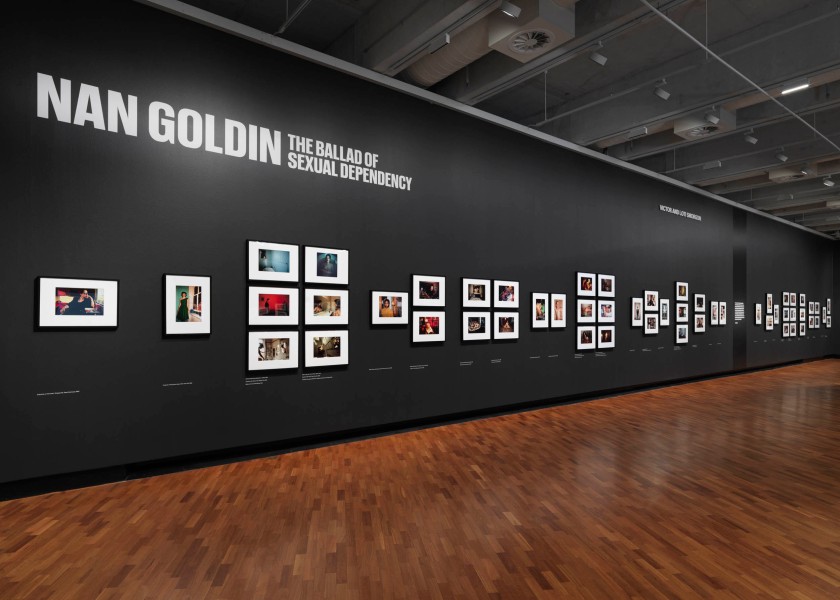
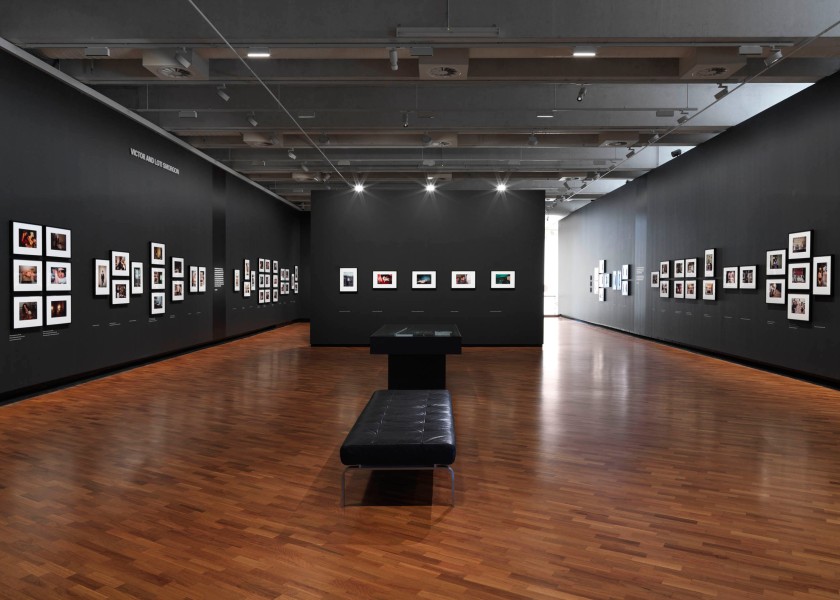

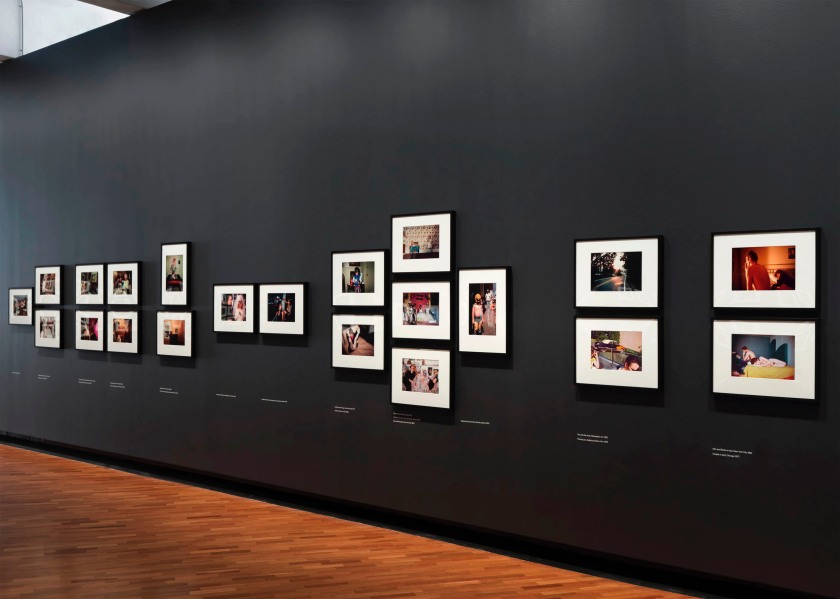
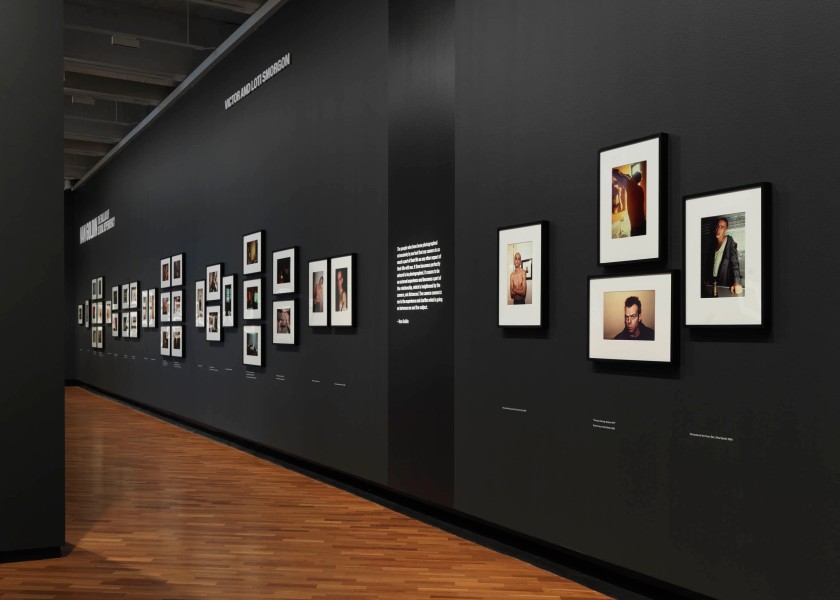


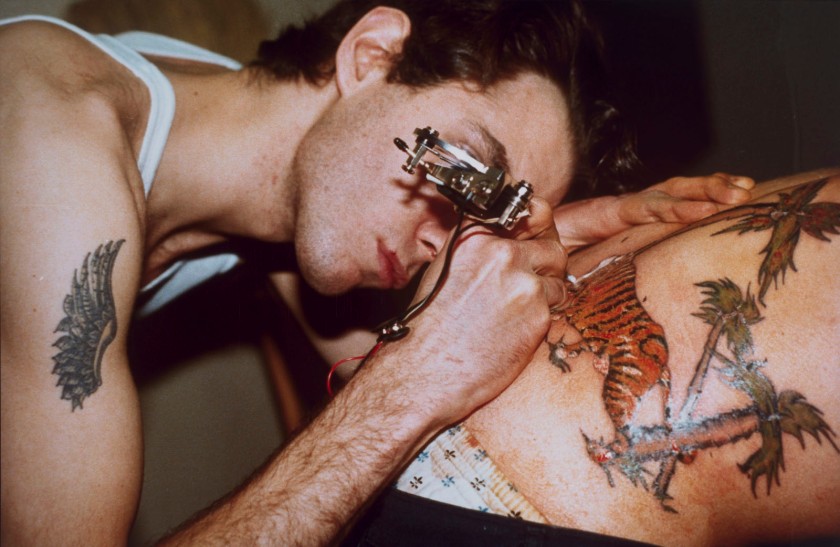






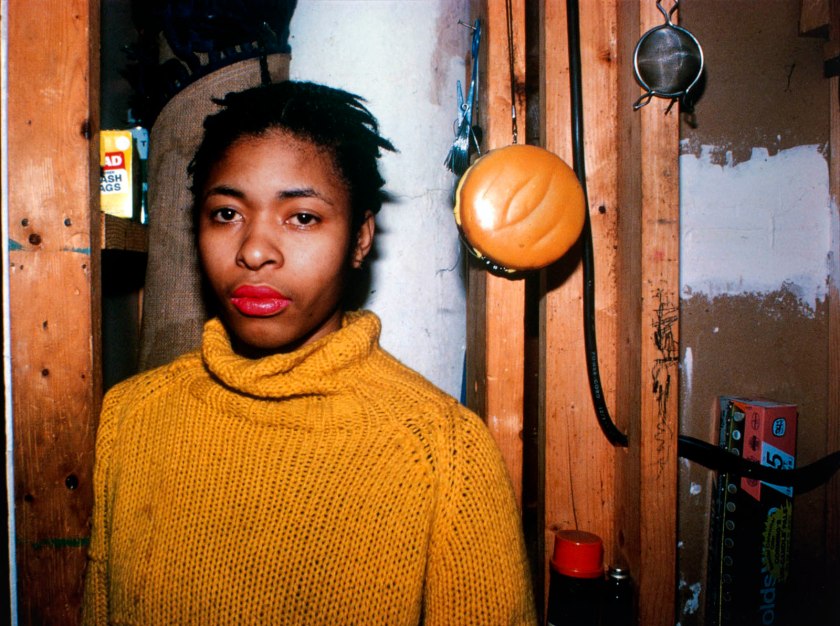



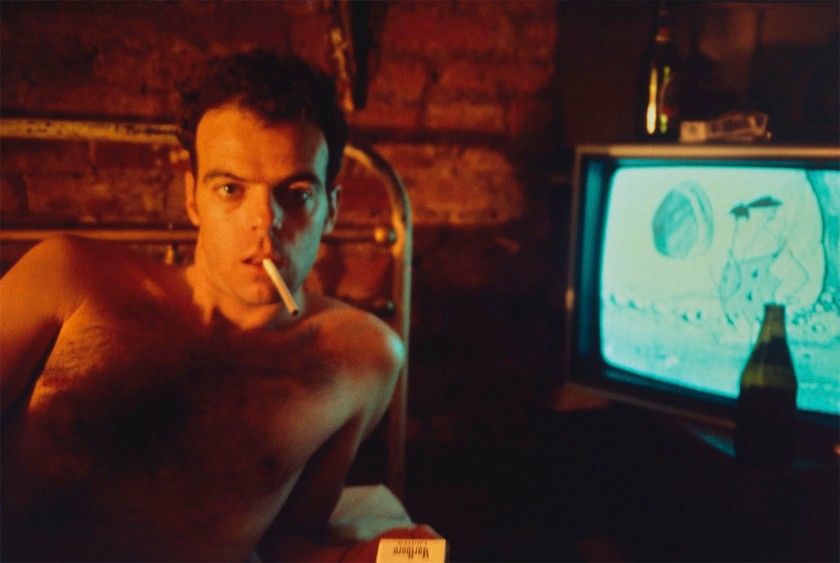
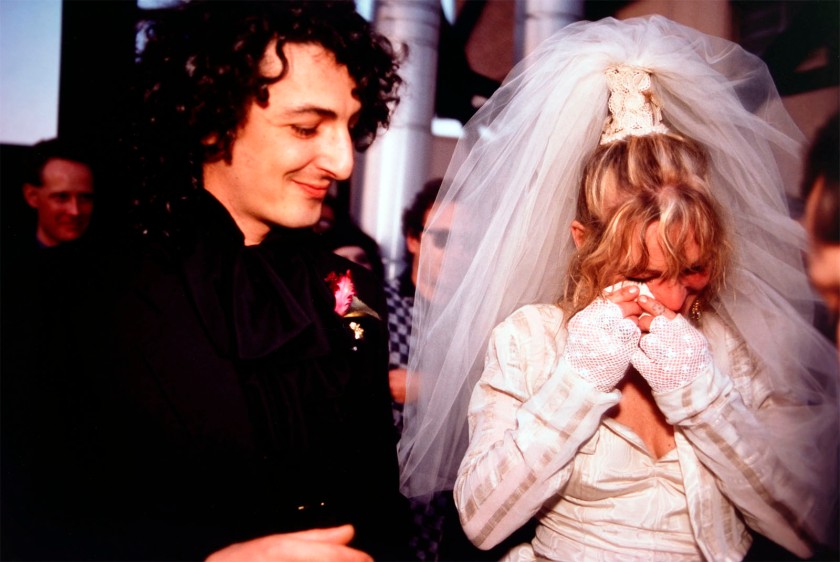




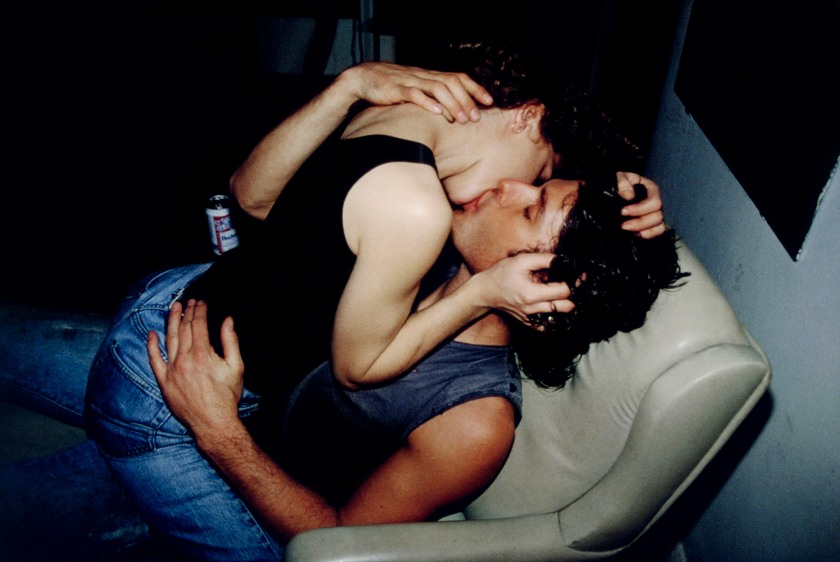

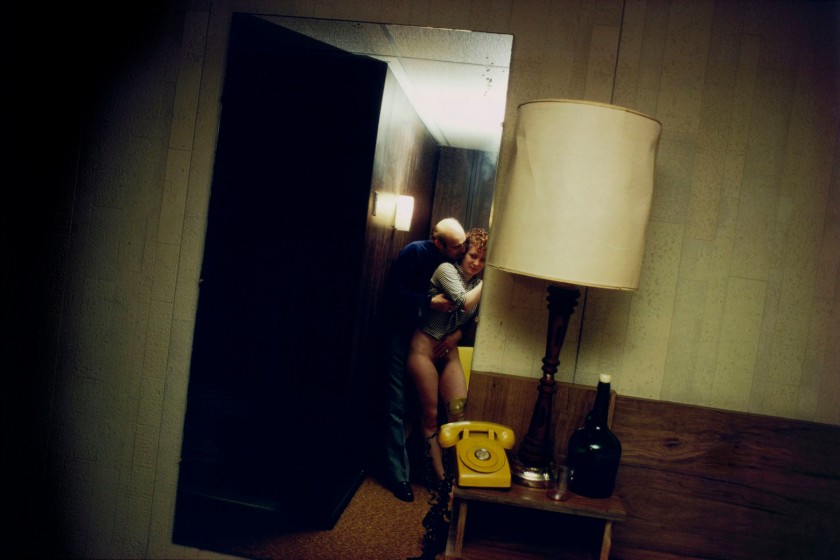













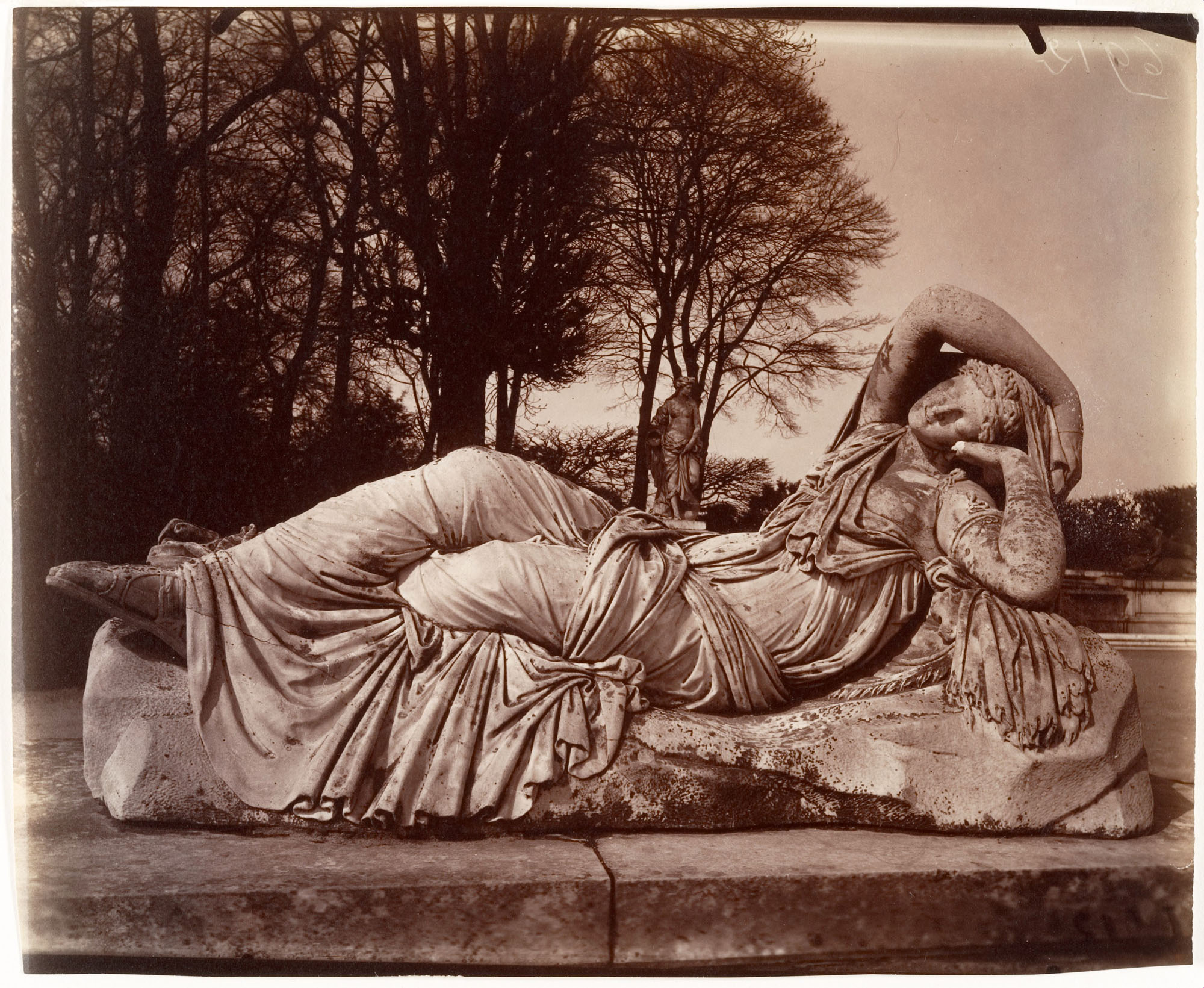



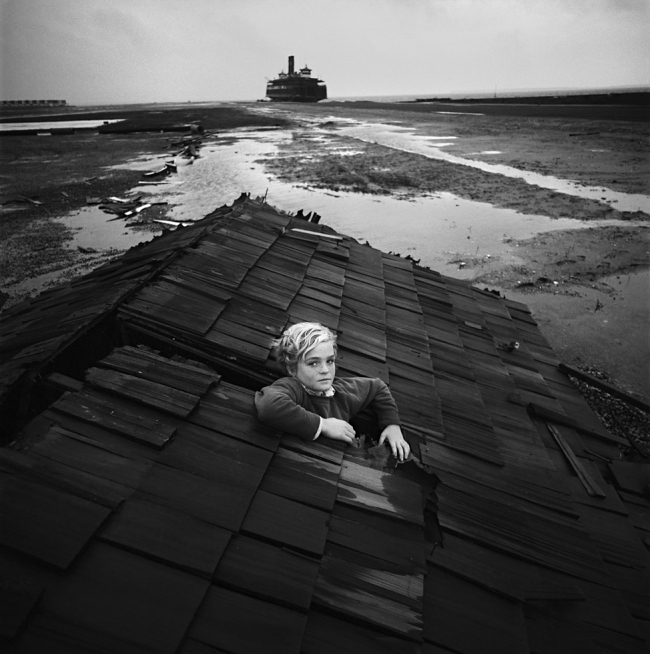


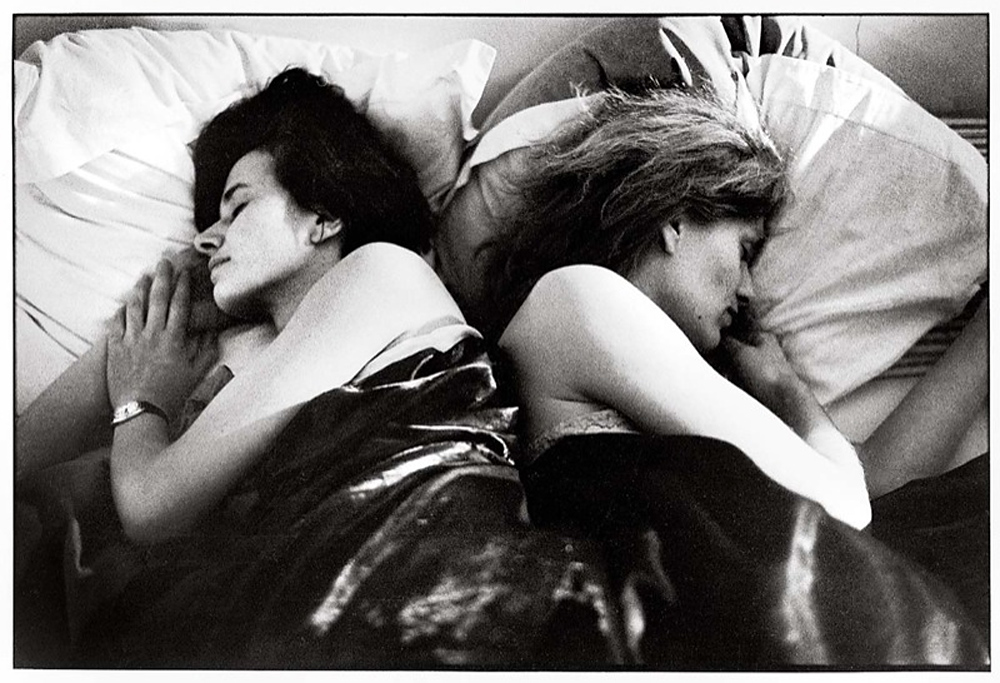

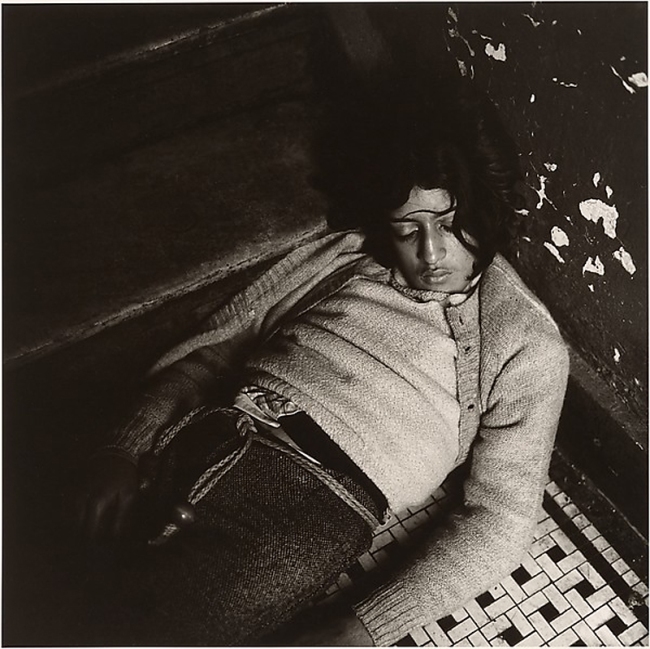


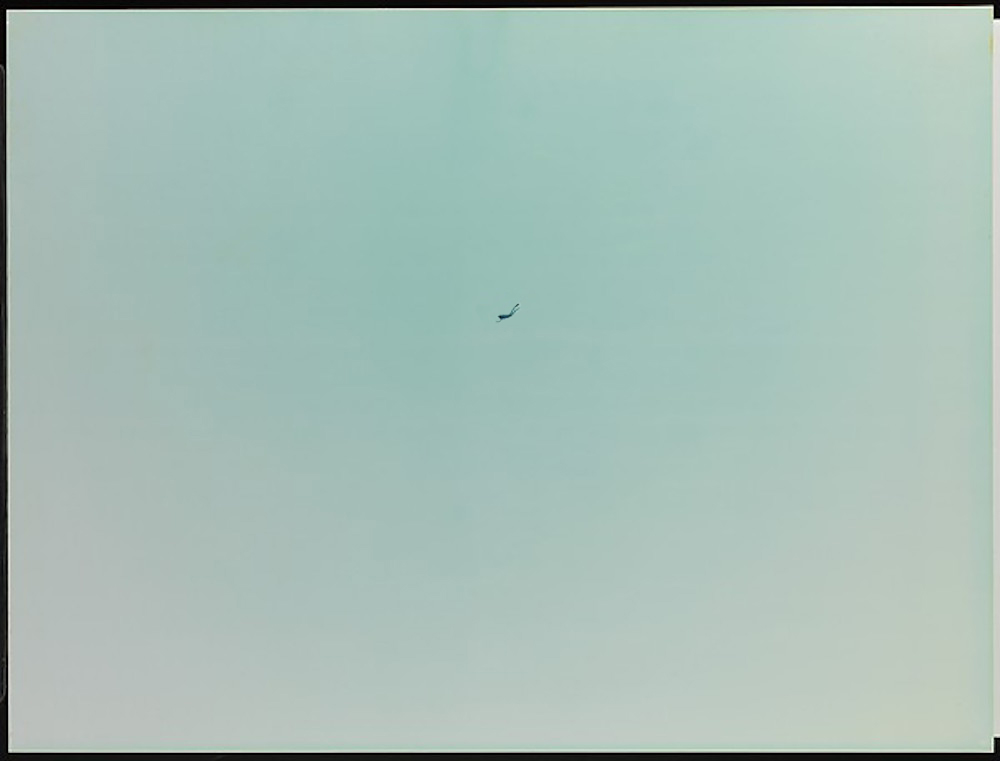






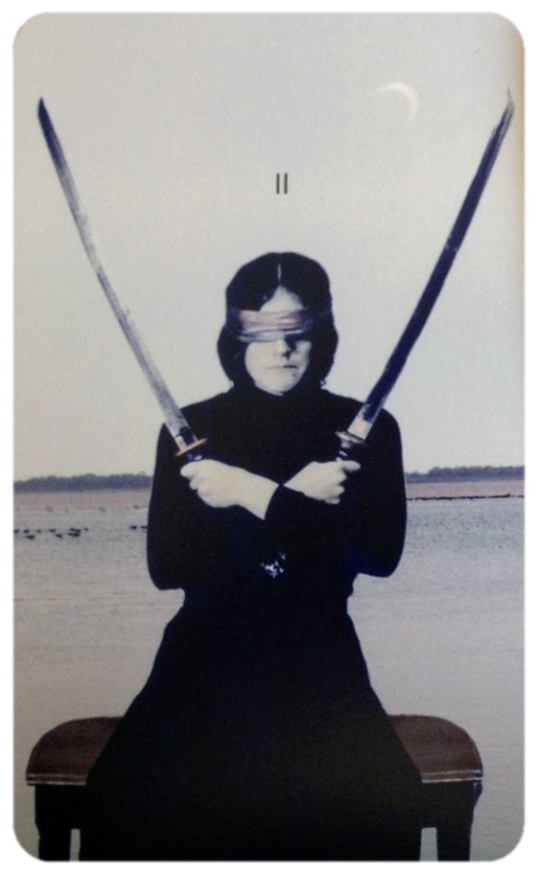
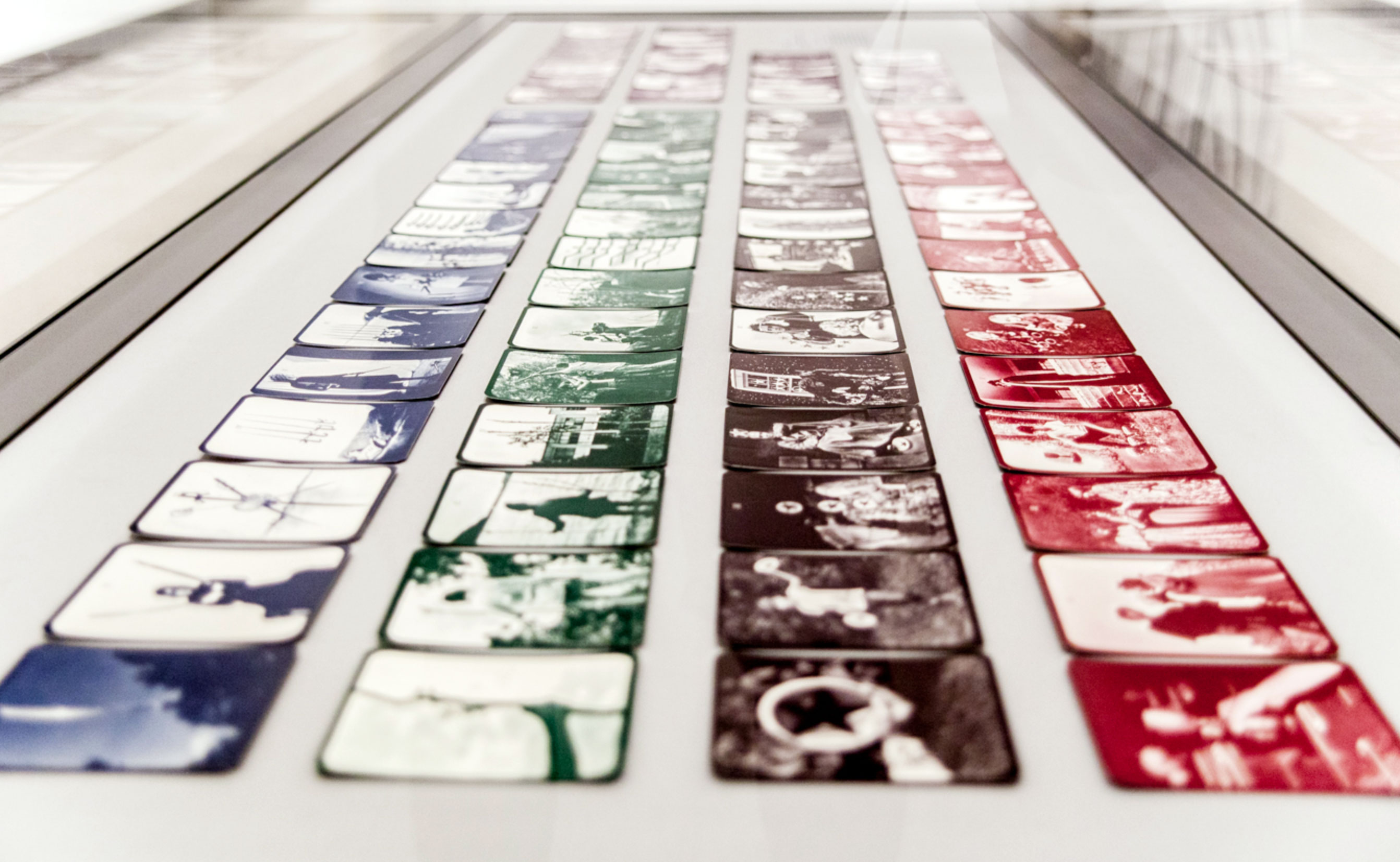

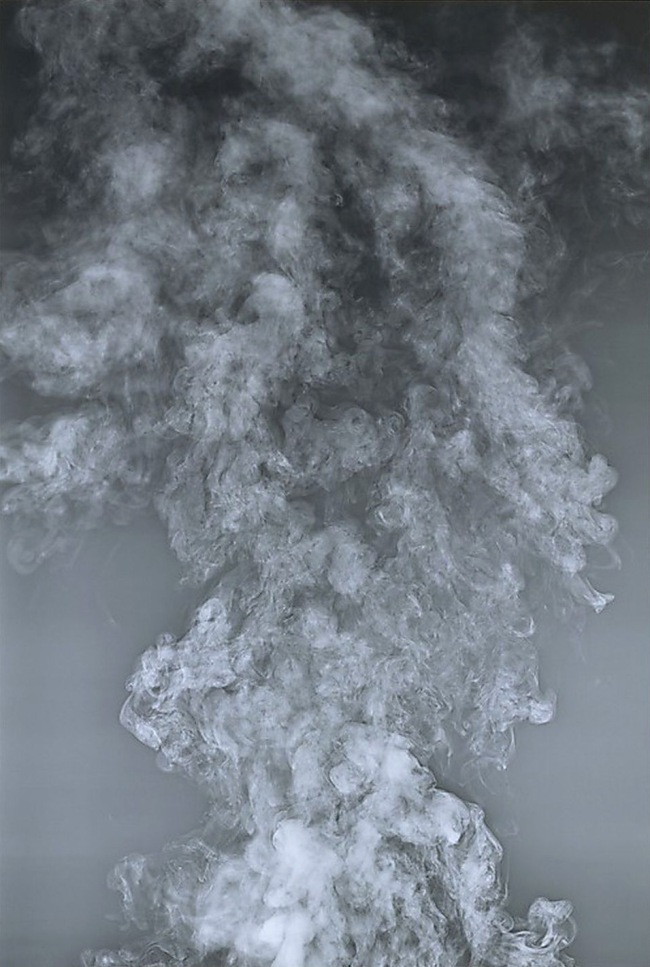
You must be logged in to post a comment.